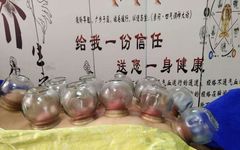Cupping therapy, also known as “fire cupping” or “Jiao Fa” in ancient terms, is a treatment method that uses cups as tools to create a vacuum by burning air inside the cup, allowing it to adhere to the skin, producing warmth and causing a phenomenon of blood stasis.
Later generations of physicians have continuously expanded the treatment scope, applying cupping therapy to various clinical diseases, making it an important component of Traditional Chinese Medicine (TCM).
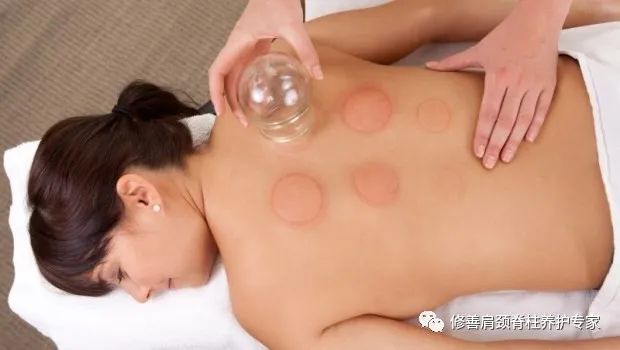
Functions of Cupping Therapy
Cupping therapy acts on the “luo mai” (络脉) of the skin. As stated in the “Su Wen: Discussion on the Skin”: “Therefore, the onset of all diseases must first occur in the skin and hair,” and “the skin is the part of the meridians. If evil invades the skin, the pores open, and the evil enters the luo mai; when the luo mai is full, it flows into the jing mai (经脉), and when the jing mai is full, it enters the organs.”
This indicates that external evils invade the body through the skin, floating luo, luo mai, and jing mai, causing disease. Therefore, cupping therapy can exert therapeutic effects through beneficial stimulation of local luo mai, jing mai, and acupoints.
Cupping is widely applicable due to its large treatment area, including acupoints and luo mai, and can be used in various clinical departments.
When used correctly, the main functions of cupping therapy can include: warming the meridians and unblocking the collaterals, dispelling wind and cold, eliminating dampness, promoting qi and blood circulation, reducing swelling and alleviating pain, clearing heat and draining fire, supporting the righteous and expelling evil, adjusting the organs, and balancing yin and yang.
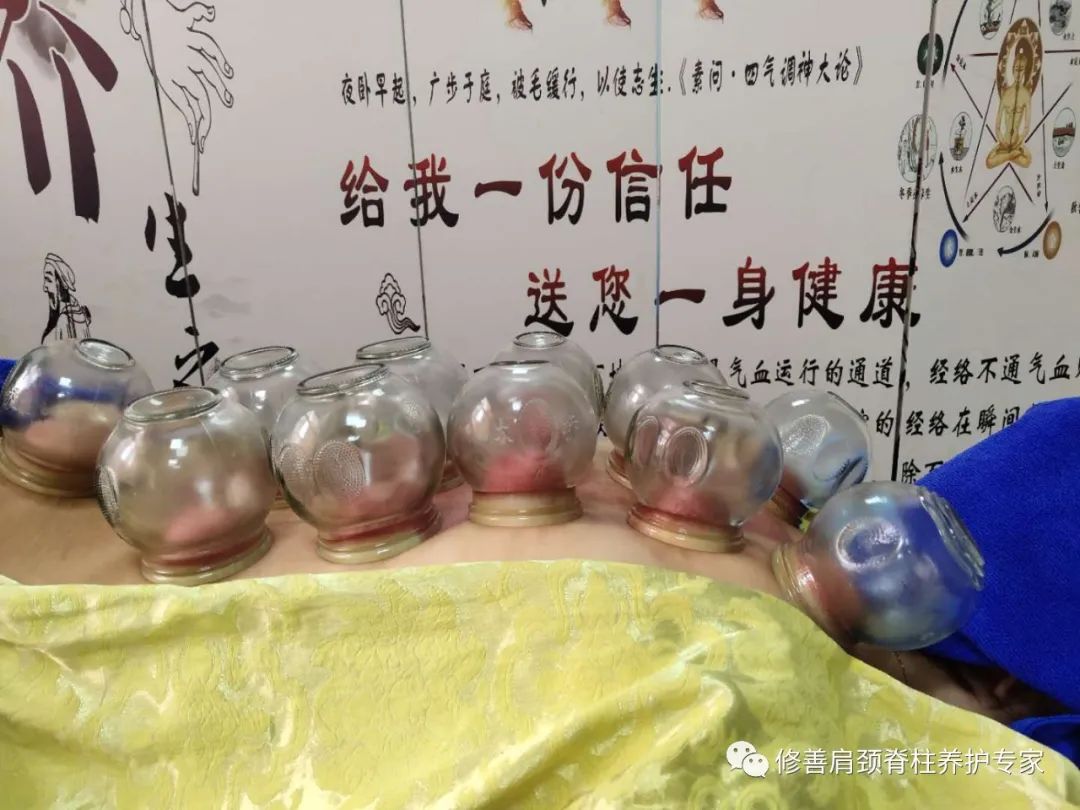
Common Methods of Cupping
The “Su Wen: Discussion on Regulating the Menstruation” states: “The occurrence of all diseases has its deficiency and excess.” Therefore, cupping should also follow the principle of “drainage for excess, supplementation for deficiency.”
Clinically, based on the condition or lesion location, different sizes of transparent glass cups are selected, using the flash fire method to distinguish between deficiency and excess, applying supplementation or drainage methods for treatment. Common methods include:
1. Retained Cupping
Also known as sitting cupping. After cupping, the cup is left in place for a certain period, during which the skin may show redness and blood stasis; the usual retention time is 5 to 15 minutes; for thinner skin areas, the retention time should not be too long.
This method is the most commonly used and is suitable for various diseases and difficult conditions.
-
Deficiency syndrome: Use appropriate small or medium-sized cups, or large cups with a gentle suction method; the suction force should be light, and the retention time should be slightly shorter, as it is a supplementation method.
-
Excess syndrome: Use large cups with a dense arrangement; the suction force should be strong, and the retention time should be slightly longer to achieve a certain level of stimulation, as it is a drainage method.
2. Moving Cupping
Also known as sliding cupping.
Select appropriate glass cups with thick, smooth edges, apply a layer of lubricating oil on the rim or suction area, and based on the condition, choose herbal liquid or safflower oil, then apply the cup to the skin. Hold the bottom of the cup with one hand and repeatedly push it up and down or side to side until the skin turns red.
This method is generally used on larger areas with thick muscles, such as the lower back and thighs; for the chest, smaller diameter cups can be used to move along the rib direction.
-
Deficiency syndrome: Move the cup along the meridians. Use low heat and light suction for minimal stimulation, causing the skin to turn red, as it is a supplementation method.
-
Excess syndrome: Move the cup against the meridians. Use high heat and strong suction for greater stimulation, causing the skin to turn purple-red or cupping marks, as it is a drainage method.
This method not only has the effects of cupping but also enhances the stimulation of the body through the appearance of cupping marks, similar to gua sha.
It is suitable for conditions such as qi and blood stagnation, internal heat toxicity, organ diseases, stubborn insomnia, and wind-cold-damp obstruction.
3. Bloodletting Cupping
This method combines bloodletting with cupping and is commonly used in clinical practice with a wide range of applications.
First, select the acupoint or area, and use a thick needle or three-edged needle to lightly puncture the skin (luo mai) to induce bleeding, then apply the cup to the bleeding area, retaining it for 5 to 15 minutes depending on the amount of bleeding.
-
Deficiency syndrome: Lightly puncture (Sun Luo) the skin to induce slight redness or small blood spots. Use low heat and light suction, allowing slight bleeding in the cup, causing the skin to turn red, as it is a supplementation method.
-
Excess syndrome: Depending on the condition, use medium punctures to induce slight bleeding or heavy punctures for more significant bleeding. Use high heat and strong suction, with about 1ml of blood in each cup; for severe conditions, the bleeding amount can be more, as it is a drainage method.
Bloodletting cupping can unblock stagnation in the meridians and promote qi and blood flow, clear heat and drain fire, expel evil and detoxify, adjust organ functions, and address mixed deficiency and excess conditions, allowing harmful pathogens and toxins to be expelled.
4. Flash Cupping
Select an acupoint or area, apply the cup to the skin, and immediately remove it, repeating this process multiple times until the skin turns red or cupping marks appear.
-
Deficiency syndrome: Use low heat and light suction, repeating the process to cause slight or moderate redness, as it is a supplementation method.
-
Excess syndrome: Use high heat and strong suction, repeating the process to cause purple-red skin or cupping marks, as it is a drainage method.
Flash cupping, through the repeated tightening and loosening of local luo mai or acupoints, can smooth the meridians, promote qi and blood circulation, adjust deficiency and excess, and balance yin and yang.
It is suitable for conditions such as wind-cold-damp obstruction, local pain, skin numbness, and functional decline in deficiency syndromes, as well as for patients who should not retain cups.
5. Needle Cupping
Also known as retained needle cupping, this method involves inserting a needle into a specific acupoint or area to obtain qi, leaving the needle in place, and then applying a cup over the needle. After a certain retention time, the cup is removed, followed by the needle.
During operation, care should be taken that the needle handle is not too long to avoid touching the bottom of the cup, which could cause the needle to penetrate too deeply. Caution is advised for the chest and back areas, as cupping may alter the needle depth, preventing accidents.
The supplementation or drainage method can be determined based on the heat level, skin color, and retention time. This method has the dual effects of acupuncture and cupping, suitable for stubborn pain, wind-cold-damp obstruction, etc.
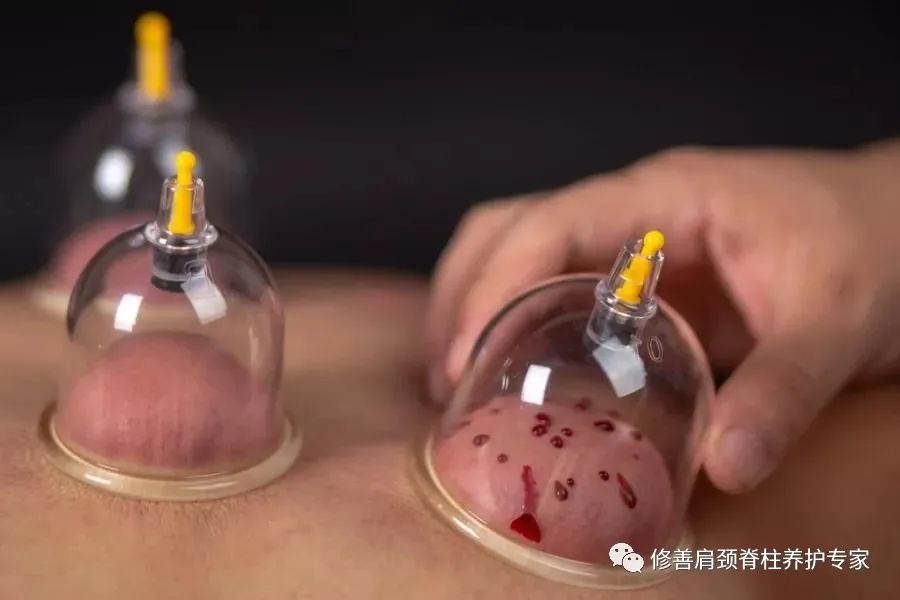
Skin Reactions to Cupping Therapy
During cupping or after removing the cups, the local skin may show redness, purple-red, purple-black, or blisters, which are normal pathological reactions and generally subside naturally within 3 to 5 days. The main pathological reactions include:
1. Bright red skin at the cupping site often indicates an initial invasion of wind evil into the luo mai, or retention of external evils in the floating luo of the skin, or manifestations of yin deficiency.
2. Purple-red skin at the cupping site often indicates cold evil; purple-black indicates qi stagnation and blood stasis; if purple-black with spots, it indicates heat toxicity, excess heat, or cold congealing blood stasis.
3. Slight itching of the skin inside the cup indicates wind evil; if water vapor or beads appear inside the cup, it indicates excess dampness.
4. If the skin inside the cup does not change color or turns pale and cold, it indicates deficiency cold.
5. If itching or prickling sensations occur during retention, it may indicate impending blisters or excess wind-cold-damp evil in the body. Close observation of the skin condition inside the cup is necessary, and the retention time may need to be shortened.
6. The appearance of blisters at the cupping site often indicates excess cold-damp evil or heat toxicity.
Some may develop blisters within 3 to 5 minutes of cupping, indicating internal heat toxicity or excess dampness, or overflowing of damp evil in the luo mai, or due to weak defensive qi.
Generally, after several rounds of cupping, if the condition improves, blisters may not appear again.
If the heat is too strong or the suction is too tight, blisters may easily form; if the retention time is too long, blisters may also form; however, if there is no disease, blisters are rare or do not occur.
Large blisters can be punctured to release fluid, while small blisters can be absorbed naturally and are generally not prone to infection.
The fluid inside the blisters is clear and transparent, indicating excess cold-damp; yellow indicates excess damp-heat; purple-dark indicates qi stagnation and blood stasis. The occurrence of blisters in cupping has effects similar to direct moxibustion, providing good clinical therapeutic results.
Due to individual differences in constitution and conditions, different pathological reactions may occur in the skin inside the cup. Therefore, mastering the supplementation and drainage methods of cupping and the appropriate level of stimulation can enhance clinical efficacy.
Disclaimer:
All suggestions in this article are for reference only and cannot replace professional medical diagnosis or prescriptions. Please do not attempt without professional guidance. Readers should carefully assess their health conditions and choose suitable wellness plans.
Some content in this article is sourced from the internet; the text, materials, and images are copyrighted by the original authors. If your legal rights are infringed, please contact us, and we will delete the relevant content promptly.

Long press the QR code below to book your exclusive service.
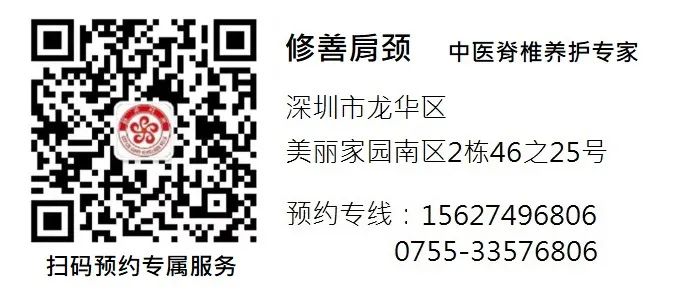
Give us a “like” and “see”!
Your encouragement is our motivation!

